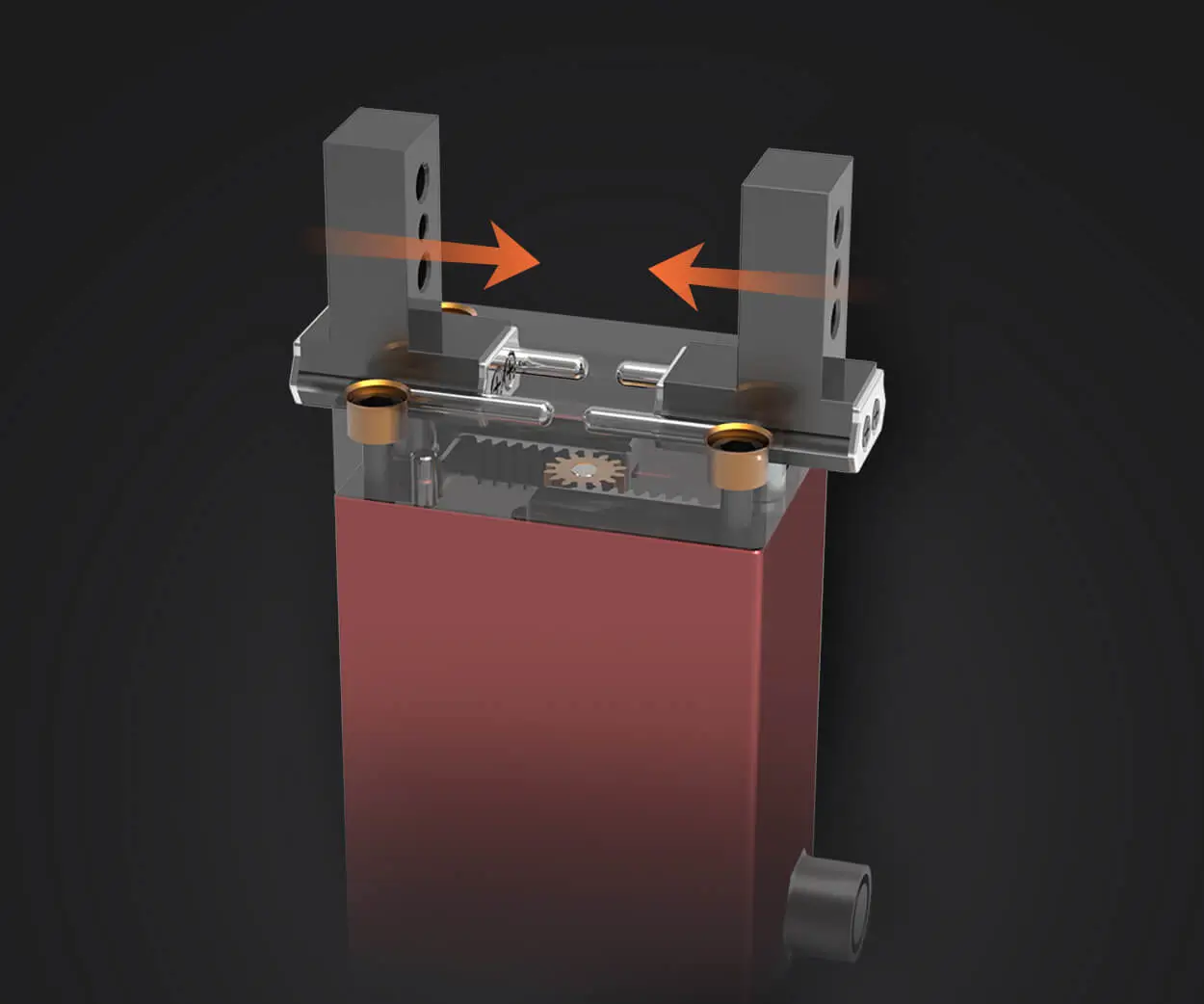Building a servo motor from scratch sounds intimidating, but it’s actually pretty exciting once you get into it. Imagine throwing together a tiny mechanical powerhouse that gives you precise control over movement—like a mini robot arm or a drone’s flight controls. It’s all about knowing what parts matter most and how they dance together.

Start with the core: the motor itself. You want a DC motor that packs enough torque but doesn't consume too much power. Then, add in a gear train—this is where the magic happens. Gears multiply your torque while reducing speed, giving your servo that punchy responsiveness. Think of it as turning a gentle push into a firm shove; the gear train fine-tunes that force, making everything more controllable.
Next up, the position feedback system. People usually go for a potentiometer. It’s a simple, cost-effective sensor that smoothly tells your circuit where the shaft is turned to. That information is gold—without it, your servo is basically guessing where it is. The feedback loop is all about taking that signal, comparing it to your target position, and adjusting the motor's movement—like the muscles of a tiny brain.
Now, onto the control circuitry. You need a simple microcontroller or a dedicated driver IC, like those used in hobby servos. It acts as the brain ensuring the motor responds to input signals, constantly adjusting to keep the position accurate. Don’t forget about power—servos need clean, stable power sources to perform their best without jittering or stalling.
Thinking about the overall build, it's about balancing size, power, and precision. Say you're designing a mini-camera gimbal—compactness is key, but still, you want that smooth, responsive motion. That’s why choosing the right gear ratio and feedback sensor makes all the difference.
Want to make your own servo? It's not just about following a set of steps. Feel free to experiment with different gear sizes, motor types, and feedback options. Everything influences how smooth or powerful your final product feels.
Sometimes it’s just about pondering on the little things—why does reducing gear ratio increase speed but cut torque? Or how does the voltage influence your motor’s power? Understanding these nuances lets you craft a servo tailored to what you really need—not just a generic motor, but a real precision tool.
Building a servo from scratch isn’t just assembling parts; it’s about creating a tiny, intelligent system that moves with purpose. When it works, that feeling of seeing your own design move exactly as planned? Nothing beats it. We’re talking about turning ideas into real, functional tech—crafting something that not only serves a purpose but also fuels that spark of curiosity and innovation.
Established in 2005, Kpower has been dedicated to a professional compact motion unit manufacturer, headquartered in Dongguan, Guangdong Province, China. Leveraging innovations in modular drive technology, Kpower integrates high-performance motors, precision reducers, and multi-protocol control systems to provide efficient and customized smart drive system solutions. Kpower has delivered professional drive system solutions to over 500 enterprise clients globally with products covering various fields such as Smart Home Systems, Automatic Electronics, Robotics, Precision Agriculture, Drones, and Industrial Automation.




































